- Learning time
- minutes
- First play time
- 90 minutes
Lisbon Tram 28
Designed by: Pedro Santos Silva
In Lisbon Tram 28 the players are running tram services across Portugal’s capital, taking passengers to various tourist destinations. Because trams are on rails, you are somewhat beholden to move around in certain directions, and may occasionally find your route blocked by another tram. But that’s okay – you can just shunt them out of the way!
The board shows the city itself, along with the tram routes and stops. At the start of the game, each passenger stop is populated with three passengers drawn randomly from a bag: passengers come in four different colours, and the ones you pick up will have a bearing on where you go. Players have a hand of ticket cards, and when you pick up passengers, you must pay a matching ticket for every passenger at that stop (even if you don’t actually pick them up). Your tram is represented by a board in front of you: place the passengers here, and on you go. Each turn you have two actions to spend, and collecting passengers is one. Movement is another: moving one stop costs you a card, and every subsequent stop if you keep moving a card of a matching colour. Dropping off passengers is an action too: if you arrive at a destination that matches one of the current destination cards (there are four on display at any time) and have passengers displayed on it, you remove the passengers from the game and take the card: it’s worth points at the end of the game.
But Lisbon Tram 28 has a deft little catch here: the destination cards have half-tickets arrayed down their edges, and as you progress you add further destination cards claimed to a growing tableau: any half-tickets that match with another half-ticket on a neighbouring card is worth an additional point.
We did mention shunting though, and the game provides a bell to ring whenever anyone is shunted. If there’s a tram in your way, you can push them on to the next stop, and what’s more you both draw an additional card. Cards are the game’s primary currency, as you use them for picking up passengers. And passengers are the game’s secondary currency, as you deliver them to claim points! If you want to risk it, whenever you pick up passengers you can ring the bell to draw an extra passenger from the bag: you need to pay for them with a ticket, but may be rewarded with the colour passenger you need to grab a destination card…
Finally there are ways to improve your tram service: room for more passengers, an extra action, a free move or a choosing from three extra passengers when you push your luck and ring the bell. These improvements are easily found by simply stopping at particular spots on the board and cashing in three matching-coloured cards. The game ends when the last destination card is revealed, and the current round plays to its conclusi0n.
The guru's verdict
-
Take That!
Take That!
Players can shunt each other out of position, but you do get cards into your hand as a reasonably-polished wooden spoon. A more likely source of contention, if there was one, would be being beaten to the punch to grab a specific destination card.
-
Fidget Factor!
Fidget Factor!
Low-ish, although players may occasionally need to rethink plans if they're pushed out of position.
-
Brain Burn!
Brain Burn!
It's a combination of matching passengers to destinations, and matching destination cards to trigger those extra bonuses.
-
Again Again!
Again Again!
There's more than enough variety to keep a family of tram-happy gamers on the right track.

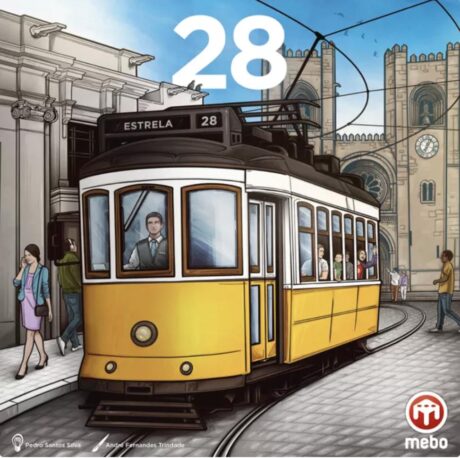
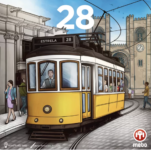
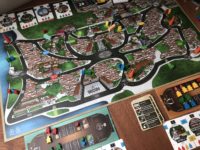


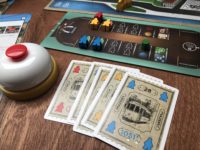


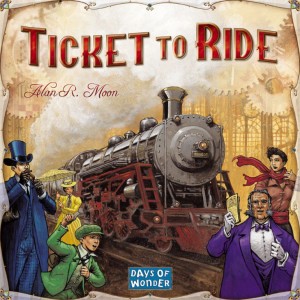
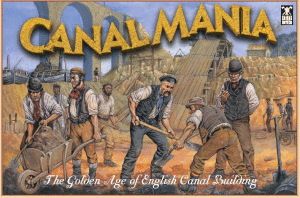

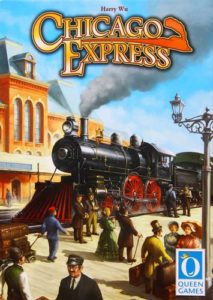
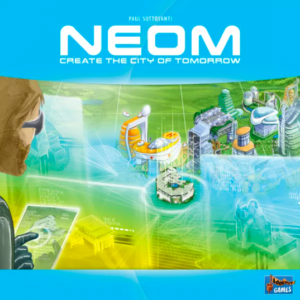
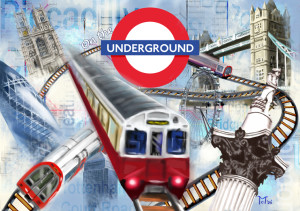
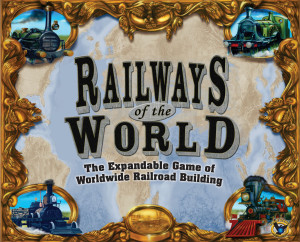
Sam says
A rather lovely, old-school feeling game in its simplicity and presentation, but modern in that players have real agency here: rather than being at the mercy of dice, the only element of chance is how the cards fall, which feels broad enough not to favour any one player over the course of the game. Like Ticket to Ride, it's a game of easy accessibility that also has an edge to it: the shunting of trams can be critical at times (although there is more space on the 4-player side of the board) and someone nabbing a destination card you were building toward can be a setback. Groundbreaking? No. But for a family-weight game that plays in about an hour, you can't really go wrong here: it's pitched to give everyone just enough to think about without become either overwhelming, or overly simple.